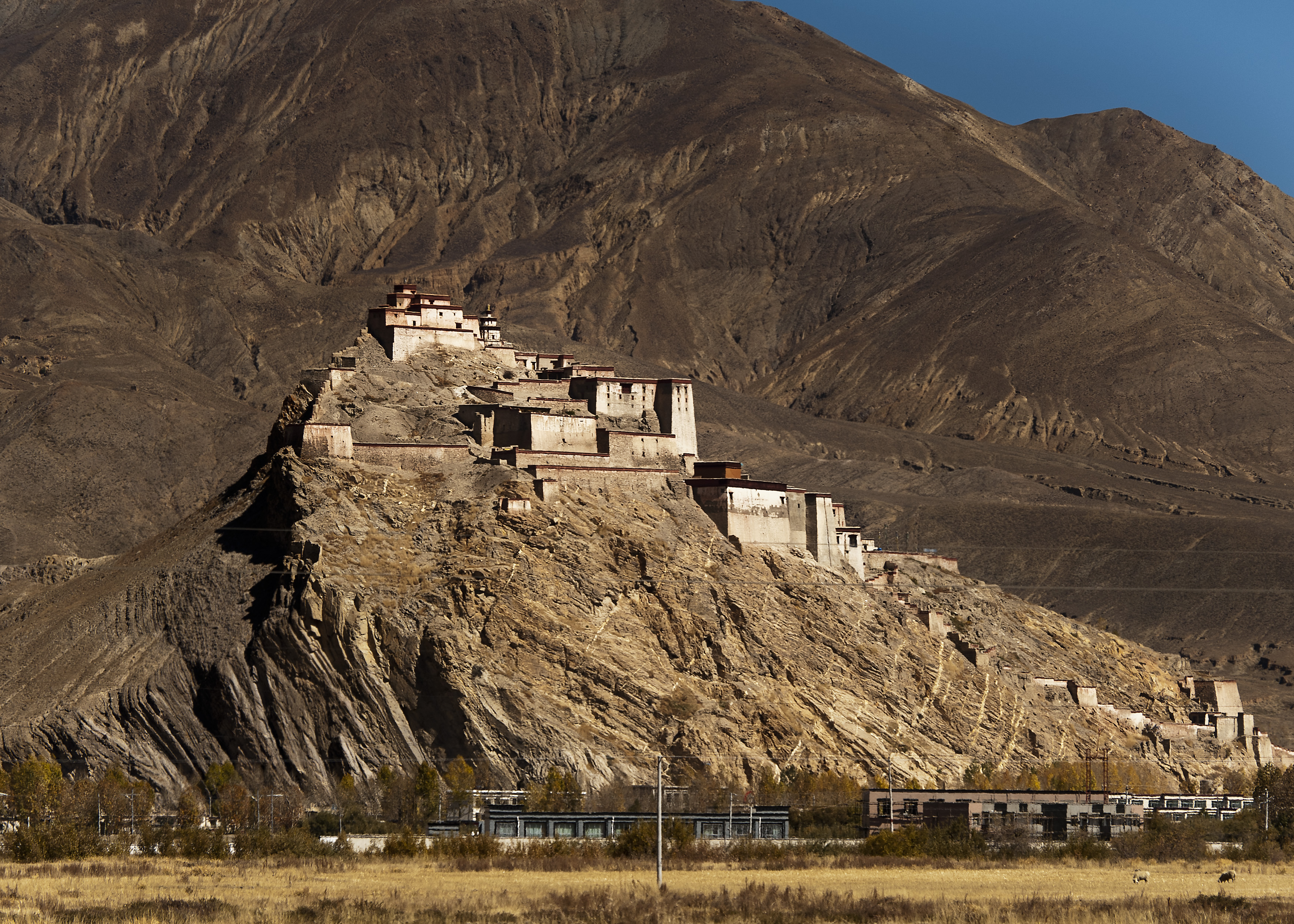|
Druk Desi
The Druk Desi ( Dzongkha: འབྲུག་སྡེ་སྲིད་; Wylie:'' 'brug sde-srid''; also called " Deb Raja")The original title is Dzongkha: སྡེ་སྲིད་ཕྱག་མཛོད་; Wylie: ''sde-srid phyag-mdzod''. was the title of the secular (administrative) rulers of Bhutan under the dual system of government between the seventeenth and nineteenth centuries. Under this system, government authority was divided among secular and religious administrations, both unified under the nominal authority of the Zhabdrung Rinpoche. ''Druk'', meaning "thunder dragon", refers symbolically to Bhutan, whose most ancient name is ''Druk-yul''. ''Desi'', meaning "regent", was the chief secular office in realms under this system of government. History In Bhutan, the office of Druk Desi was established by the Zhabdrung Rinpoche, Ngawang Namgyal in the 17th century under the dual system of government. Having fled sectarian persecution in Tibet, Ngawang Namgyal establi ... [...More Info...] [...Related Items...] OR: [Wikipedia] [Google] [Baidu] |
Dzongkha
Dzongkha (; ) is a Sino-Tibetan language that is the official and national language of Bhutan. It is written using the Tibetan script. The word means "the language of the fortress", from ' "fortress" and ' "language". , Dzongkha had 171,080 native speakers and about 640,000 total speakers. Dzongkha is considered a South Tibetic language. It is closely related to and partially intelligible with Sikkimese, and to some other Bhutanese languages such as Chocha Ngacha, Brokpa, Brokkat and Lakha. It has a more distant relationship to Standard Tibetan. Spoken Dzongkha and Tibetan are around 50 to 80 percent mutually intelligible. Usage Dzongkha and its dialects are the native tongue of eight western districts of Bhutan (''viz.'' Wangdue Phodrang, , Thimphu, Gasa, Paro, Ha, Dagana and Chukha). There are also some native speakers near the Indian town of Kalimpong, once part of Bhutan but now in North Bengal and in Sikkim. Dzongkha was declared the national language of Bhutan ... [...More Info...] [...Related Items...] OR: [Wikipedia] [Google] [Baidu] |
Dzong Architecture
Dzong architecture is used for dzongs, a distinctive type of fortified monastery ( dz, རྫོང, , ) architecture found mainly in Bhutan and Tibet. The architecture is massive in style with towering exterior walls surrounding a complex of courtyards, temples, administrative offices, and monks' accommodation. Characteristics Distinctive features include: * High inward sloping walls of brick and stone painted white with few or no windows in the lower sections of the wall * Use of a surrounding red ochre stripe near the top of the walls, sometimes punctuated by large gold circles * Use of unique style flared roofs atop interior temples * Massive entry doors made of wood and iron * Interior courtyards and temples brightly colored in Buddhist-themed art motifs such as the ashtamangala or swastika Regional differences Bhutan Dzongs serve as the religious, military, administrative, and social centers of their district. They are often the site of an annual ''tsechu'' or religious ... [...More Info...] [...Related Items...] OR: [Wikipedia] [Google] [Baidu] |
17th-century Rulers In Asia
The 17th century lasted from January 1, 1601 (Roman numerals, MDCI), to December 31, 1700 (Roman numerals, MDCC). It falls into the early modern period of Europe and in that continent (whose impact on the world was increasing) was characterized by the Baroque cultural movement, the latter part of the Spanish Golden Age, the Dutch Golden Age, the French ''Grand Siècle'' dominated by Louis XIV, the Scientific Revolution, the world's first public company and megacorporation known as the Dutch East India Company, and according to some historians, the General Crisis. From the mid-17th century, European politics were increasingly dominated by the Kingdom of France of Louis XIV, where royal power was solidified domestically in the civil war of the Fronde. The semi-feudal territorial French nobility was weakened and subjugated to the power of an absolute monarchy through the reinvention of the Palace of Versailles from a hunting lodge to a gilded prison, in which a greatly expanded royal ... [...More Info...] [...Related Items...] OR: [Wikipedia] [Google] [Baidu] |

